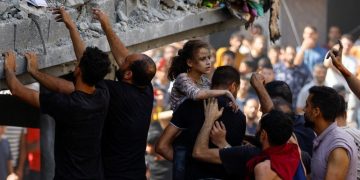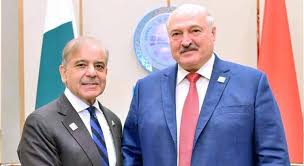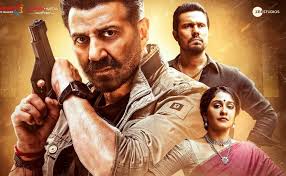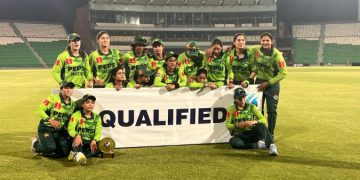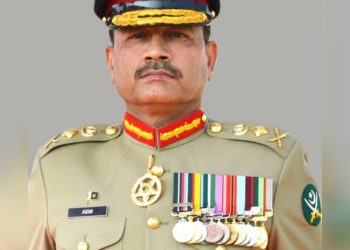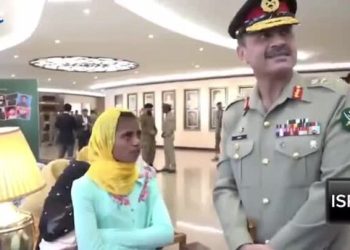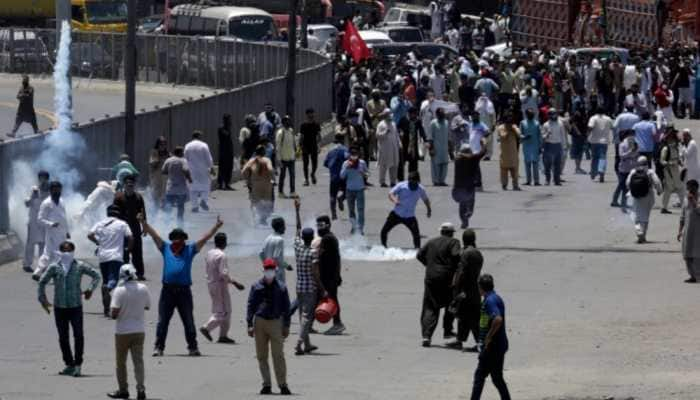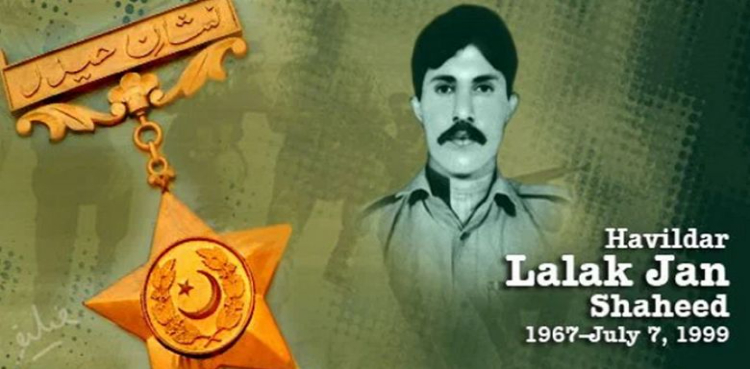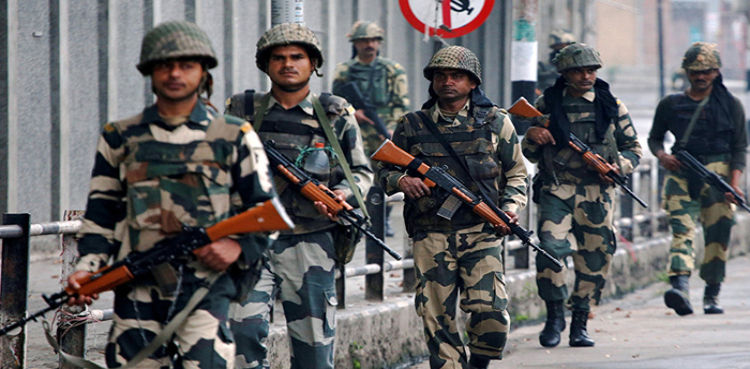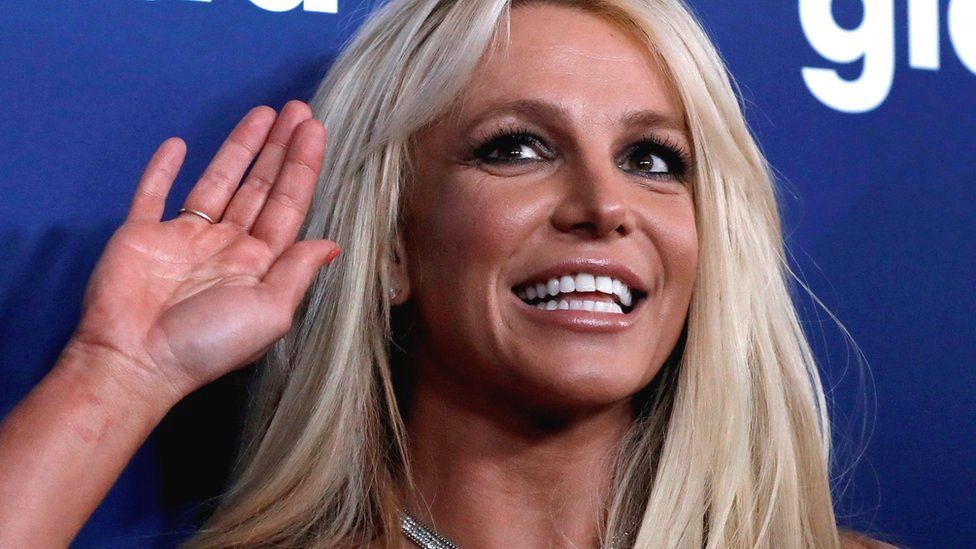Balkanization refers to the splitting of a country. Splitting into regions/countries usually who dislike each other. This word comes from the state of the Balkan peninsula in Europe in the 1800’s. From being one state/country it’s now split into multiple countries.
When India gained independence, Scholars predicted Pakistan will be a successful state/country but India will fail. They didn’t believe that a diverse nation like India will survive. They though sooner or later it will split into several countries. Not just scholars even our own ministers feared the same.
Kashmir
Indian moves such as abrogation of the special status of the Jammu and Kashmir by revoking articles 35A and 370 of the Constitution on August 5, 2019, to turn the Muslim majority into a minority in the Indian Occupied Kashmir (IOK), continued lockdown in the IOK, issuance of domicile certificates to 40000 non-Kashmiris to bring demographic changes in the Muslim-majority area, the martyrdom of thousands of the Kashmiris there etc. are notable.
Acting upon the August 5 announcement, the Indian central government issued a notorious map on October 31, last year. In accordance with it, Jammu and Kashmir was bifurcated into two union territories—Jammu and Kashmir and Ladakh.
Apart from Pakistan, China also rejected the Indian map and bifurcation of Jammu and Kashmir into two union territories as “unlawful and void”, and against the UNO resolutions. Despite the new agreement, the border dispute between New Delhi and Beijing, which still remains unsettled, has increased tension between the two countries.
Notably, Modi has also accelerated war-hysteria against Pakistan and instructed Indian forces to continue shelling across the Line of Control (LoC), which has killed many innocent civilians inside the Pakistani side of Kashmir.
Ever since India achieved its independence from Britain, various ethnic groups within the subcontinent have demanded independence.
There have been insurgencies in the north-eastern states, the Punjab and Kashmir. It is Kashmir, above all, which has come closest to breaking away from New Delhi. An uprising against Indian rule in the valley has been going on now for more than 70 years.
Tamil Nadu
The most insidious threat to India’s territorial integrity comes not from the north but from the south. To be precise, Tamil Nadu, a region of some 60m Tamils, who ostensibly have little in common with their Hindi-speaking northern neighbours.
Tamil nationalism is the ideology which asserts that the Tamil people constitute a nation and promotes the cultural unity of Tamil people. Tamil nationalism is primarily a secular nationalism, that focuses on language and homeland.
Historically, Tamil people ruled over southeastern India and in the northern parts of Sri Lanka. During the colonial period, the Tamil areas came under the rule of British India and Ceylon. This saw the end of the sovereignty of Tamils and reduced them to minority status under a political model implemented during the British Raj. Since the independence of India and Sri Lanka, Tamil separatist movements have been actively suppressed in both countries.
A famous quote by Tamil poet Kannadasan about the Tamils as a stateless nation: “There is no state without Tamils, there is no state for the Tamils.”
Dravida Nadu is the name of a hypothetical “sovereign state” demanded by Justice Party led by E. V. Ramasamy and the Dravida Munnetra Kazhagam (DMK) led by C. N. Annadurai for the speakers of the Dravidian languages in South India.
Initially, the demand of Dravida Nadu proponents was limited to the Tamil-speaking region, but later, it was expanded to include other Indian states with Dravidian-language speakers in majority (Andhra Pradesh, Telangana, Kerala and Karnataka). Some of the proponents also included parts of Ceylon (Sri Lanka), Orissa and Maharashtra. Other names for the proposed sovereign state included “South India”, “Deccan Federation” and “Dakshinapath”.
In the 1980s, a minor militant organisation called Tamil Nadu Liberation Army revived the demand for Dravida Nadu, when the Indian Peacekeeping Force (IPKF) was sent to Sri Lanka.
In 2017, when the Indian Ministry of Environment, Forest and Climate Change issued a notification banning the sale of cattle for slaughter, Twitter users from the Kerala state (where beef dishes are popular) protested by trending the hashtag #DravidaNadu. The hashtag also received support from Twitter users in Tamil Nadu. Several heads of South Indian states and politicians expressed dismay over the Union Government’s arrangements of tax revenue distribution to various states, Dravida Munnetra Kazhagam leader M. K. Stalin expressed his support for a sovereign Dravida Nadu state, should all the other South Indian states ever share the same notion.
Nagaland
The origins of the Nagaland conflict can be traced back prior to India’s independence. Naga tribes are spread out across several states in northeast India and parts of Myanmar. They declared their independence before the British left India but were forcefully integrated into the republic of India in 1947.
However, the Indian government took its first steps toward resolving the dispute only in 2015 by introducing a framework agreement with a Naga nationalist group called the National Socialist Council of Nagalim – Isaac-Muivah (NSCN-IM).
One of the terms of the agreement included granting “special status” to Naga people within India.
The Nagalim is a proposed independent country for the Naga people. In the 1950s, the Naga National Council led a violent unsuccessful insurgency against the Government of India, demanding a separate country for the Nagas. The secessionist violence decreased considerably after the formation of the Naga-majority Nagaland state, and more militants surrendered after the Shillong Accord of 1975. However, the majority of Nagas, operating under the various factions of the National Socialist Council of Nagaland, continue to demand a separate country.
Khalistan
The Khalistan movement aimed to create a separate independent country for Sikhs . The territorial definition of the proposed country Khalistan consists of Punjab, India and includes parts of Haryana, Himachal Pradesh, Jammu and Kashmir, and Rajasthan.
After the partition of India, the majority of the Sikhs migrated from the Pakistani part to the Indian province of Punjab, which then included the parts of the present-day Haryana and Himachal Pradesh. Following India’s independence in 1947, the Punjabi Suba movement led by the Sikh political party Akali Dal led to the trifurcation of the Punjab state. The remnant Punjab state became Sikh-majority and Punjabi-majority. Subsequently, a section of the Sikh leaders started demanding more autonomy for the states, alleging that the central government was discriminating against Punjab. Although the Akali Dal explicitly opposed the demand for an independent Sikh country, the issues raised by it were used as a premise for the creation of a separate country by the proponents of Khalistan.
In June 1984, the Indian Government ordered a military operation, Operation Blue Star to clear Harmandir Sahib, Amritsar and thirty other Gurdwaras (Sikh places of worship) of armed Sikhs who were with many other pilgrims in Gurdwaras. The Indian Army used 3,000 armed troops of the 9th Division of the National Security Guards, the 175 Parachute Regiment and artillery units, and 700 CRPF Jawans. During this operation, the Indian army had around 700 casualties with 220 injuries, and 200–250 Sikh militants were killed. The handling of the operation, damage to the holy shrine and loss of life on both sides, led to widespread criticism of the Indian Government. The Indian Prime Minister Indira Gandhi was assassinated by her two Sikh bodyguards in retaliation. Following her death, thousands of Sikhs were killed in the 1984 anti-Sikh riots. The subsequent Punjab insurgency saw several secessionist militant groups becoming active in Punjab, supported by a section of the Sikh diaspora.
Referendum-2020 for Khalistan, a US-based group Sikhs for Justice (SFJ) has planned Referendum-2020 in support of a separate state of Khalistan, throwing the Indian establishment in panic. According to SFJ legal adviser Gurpatwant Singh Pannun, they will certainly build Khalistan. Reports have revealed that most gurdwaras in the US and Canada have started campaigns for the referendum. Pannun, as per the Indian media, says that the SFJ would hold an unofficial referendum in 2020 and would follow the matter after taking into account the response it gets. If required, the SFJ will seek the United Nation’s intervention to help the community conduct a referendum for a separate Sikh state. “If Scotland can have a referendum to stay with Britain or not, why can’t we have one for Punjab?” questions Pannun. Asked about the boundary of the separate state, he said it would be the present boundary of the state of Punjab in India.
The Indian establishment fears if Punjab decides to exercise its right to self-determination, many other Indian states will also decide to self govern their territories, leading to the eventual disintegration of the state of India, which was never a single country due to various cultures and traditions.
Assam
The militant organization United Liberation Front of Assam demands a separate country for the indigenous people of Assam. The Government of India had banned the ULFA in 1990 and has officially labeled it as a terrorist group, whereas the US State Department lists it under “Other groups of concern”. Military operations against it by the Indian Army that began in 1990 continue to the present. In the past two decades, some 10,000 people have died in the clash between the rebels and the government. The Assamese secessionists have protested against the illegal migration from the neighboring regions. Since the mid-20th century, people from present-day Bangladesh (then known as East Pakistan) have been migrating to Assam. In 1961, the Government of Assam passed legislation making use of the Assamese language compulsory; it had to be withdrawn later under pressure from Bengali speaking people in Cachar, Hailakandi, and Karimgonj, So-called Ishan Banga. In the 1980s the Brahmaputra valley saw six years of Assam agitation triggered by the discovery of a sudden rise in registered voters on electoral rolls.
The Muslim United Liberation Tigers of Assam (MULTA), established in 1996, advocates a separate country for the Muslims of the region. The United People’s Democratic Solidarity (UPDS) demands a sovereign nation for the Karbi people. It was formed in March 1999 with the merger of two militant outfits in Assam’s Karbi Anglong district, the Karbi National Volunteers (KNV) and Karbi People’s Front (KPF). The United People’s Democratic Solidarity signed a cease-fire agreement for one year with the Union Government on 23 May 2002.
The Sylhet referendum was a referendum held in Sylhet to decide whether Sylhet would remain in Assam and join the new country of India or would join the province of East Bengal and the new country of Pakistan. The referendum decided in favor of joining Pakistan.
Tripura
The National Liberation Front of Tripura (or NLFT) is a Tripuri nationalist organization that seeks for Tripura to secede from India and establish an independent Tripuri state. It has actively participated in the Tripura Rebellion. The NLFT manifesto says that they want to expand what they describe as the Kingdom of God and Christ in Tripura. The Tripura National Volunteers (also known as the Tribal National Volunteers or Tripura National Volunteer Force) was founded in 1978 with assistance from the Mizo National Front.
Chattisgarh and Jharkand
Chhattisgarh is today considered the epicentre of Maoist insurgency in India. At their pinnacle, the Naxalites had influence over as many as 18 districts out of a total 27 in the state. Nearly 25,000 sq km of Bastar, the Maoist citadel of the so-called Red-Corridor is believed to be intensively dominated by Maoists. Here the insurgents executed some of the most daring attacks in all of the country, such as the Chintalnar massacre of 76 CRPF soldiers in 2010, and the killings of top leaders of the Congress Party, including its party head for Chhattisgarh, Nanda Kumar Patel, in 2013. To fight the widening uprising the state government adopted a combination of hard COIN measure by uplifting its police force and using special COIN units in combination with ‘winning hearts and minds’ policy. While the territory it controlled has shrunk in size, the Naxalites remain strong in some pockets like Dandewada, Bastar, Gadchiroli, Bijapur, Malkangiri. Its current operational strength isabout 6000 with new leadership having military knowledge and connections as the recent killing of an BJP MLA and his security guards in Gadchiroli has shown.
Since being carved out from Bihar in 2000, Jharkhand is second only to Chhattisgarh among the states that are worst affected by the Naxalite movement. The mineral-rich state with a substantial Adivasi population has remained a laboratory for the parallel system of government that the Maoists are attempting to establish in their strongholds. At their height in Jharkand in 2010, the rebels had sway in as many as 20 districts across the state with increasing attacks on economic infrastructure and state symbols such as police stations and jails. After the BJP won the state elections in December 2014, the new Chief Minister Raghubar Das began various COIN initiatives. The Maoists suffered the highest number of casualties in 2017 in their ranks, 25 were killed in encounters with security forces. A high number of rebels also surrendered-as many as 108 in 2018 – but the left-wing extremism has not been completely eliminated in Jharkhand, several active rebel hotspots remain across the state’s vast terrain.
Conclusion
India’s multi-racial and multi-ethnic nature has become its own weakness and the BJP, which seeks to establish a Hindu only nation, is further ostracizing India’s minorities in the realization of this goal. Therefore, it is safe to conclude that India is currently on the path of self-destruction and an imminent state of civil unrest.

